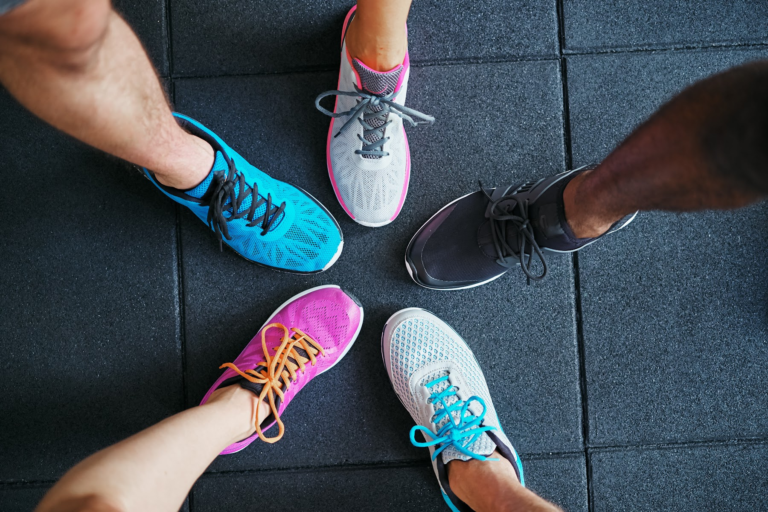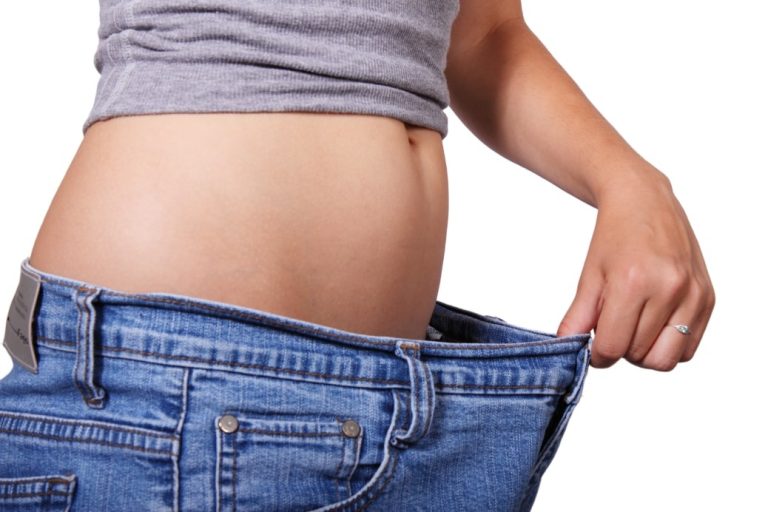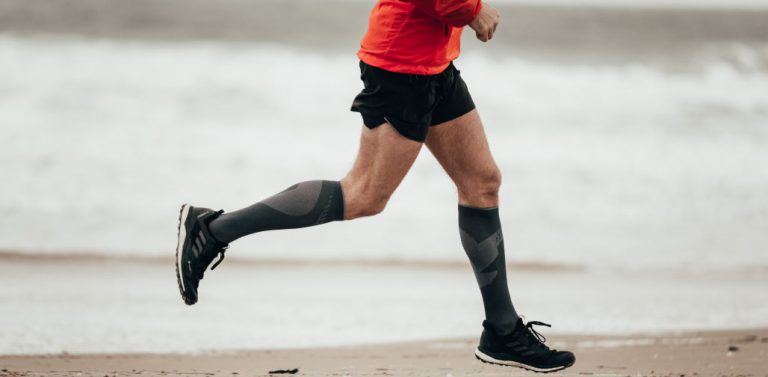Benefits of Running Backwards
Let’s talk about the benefits of running backwards
Running is one of the most practiced exercises due to its versatility and simplicity in execution. However, not all running is done the same! In fact, whilst you probably run forward when you go out for a jog, running backwards can also be an option.
Yes, you read it right! And there are actually some benefits in doing it.
Backward running is not a very common practice, but it is really useful in certain settings and circumstances. We will investigate them in this article so you can learn more about this unusual yet very useful exercise.
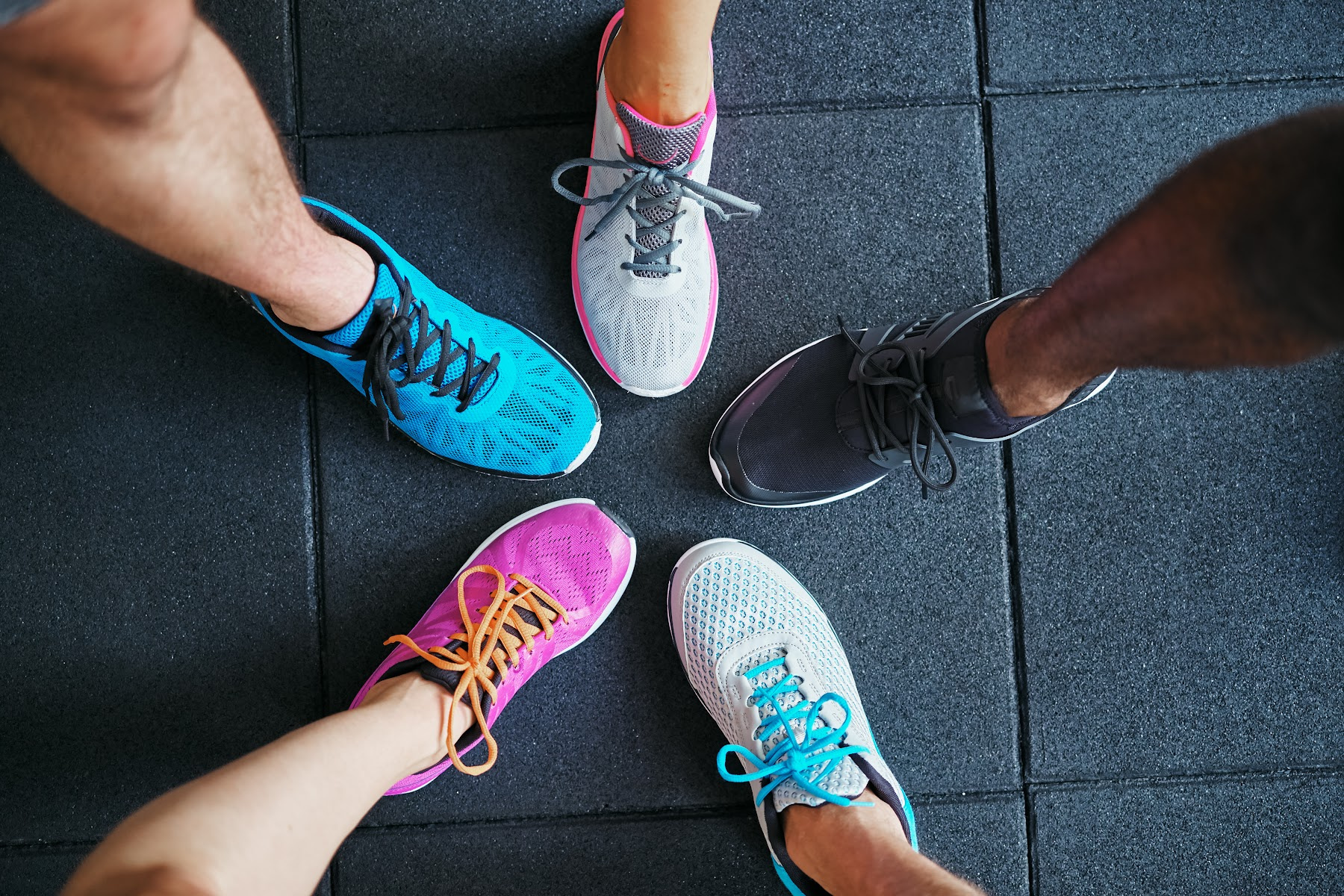
What is Backwards Running?
Backwards running is, quite literally, the action of running backwards. This means that the rear of your body is facing the direction in which you are moving, rather than your front. This activity is also referred to as retro locomotion, retro running, and reverse running, and these terms will be used interchangeably across this article.
It is important to note that backwards running is not often used to run long distances, outdoors, or on the treadmill. Instead, it is mainly performed in small bouts in clinical or technical settings. Backwards running is characterized by shorter step length, increased step count, and increased muscle engagement, especially isometrically and concentrically. For these reasons, it is an optimal addition to training programs aiming to improve one’s functional fitness.
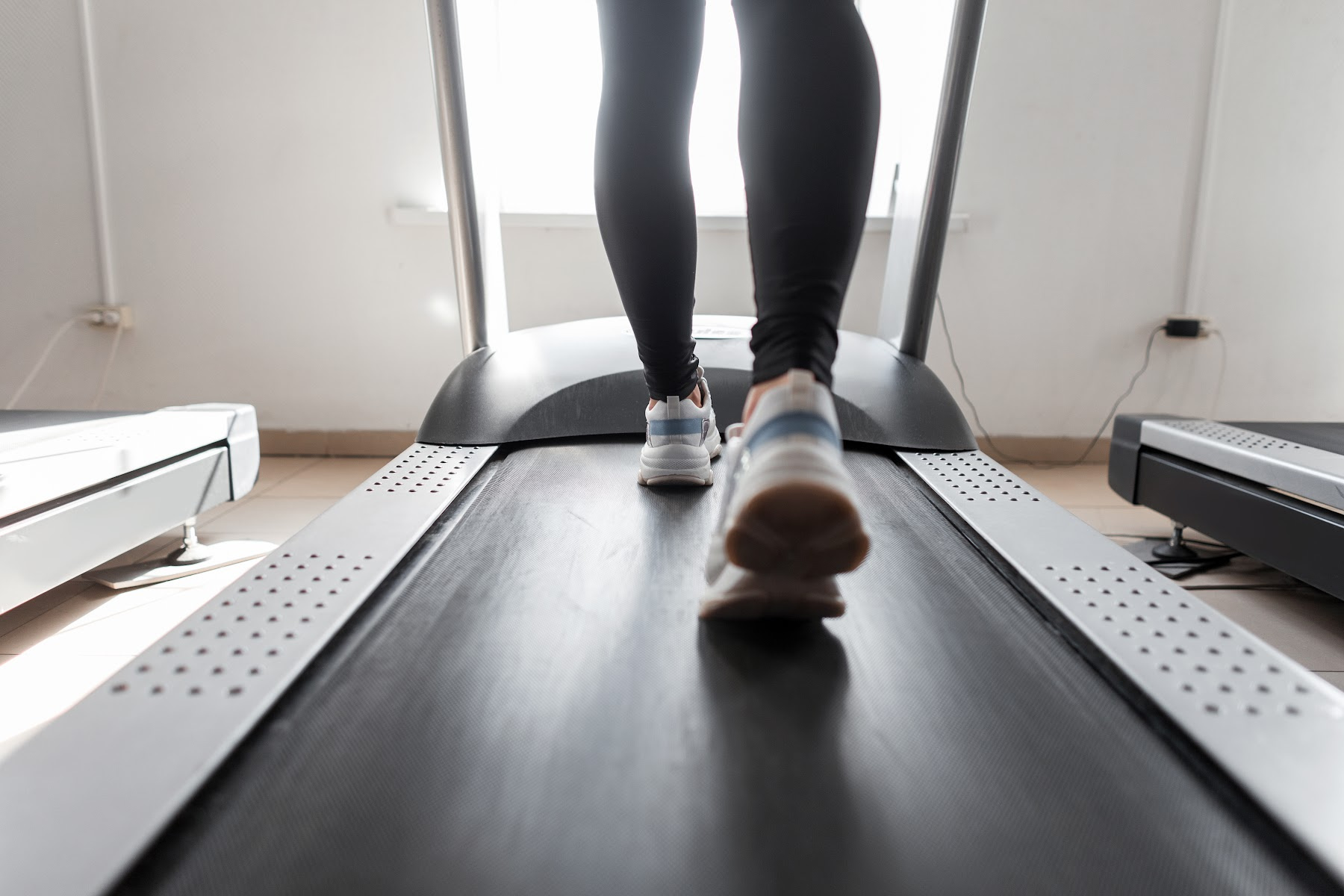
The Benefits of Reverse Running or Running Backwards
Reverse running has a range of health benefits and requires a lot more effort than regular running. Below we identified the main benefits you should aim to gain from running backwards:
Reduced Risk of Injury
Retro running can help lower the incidence of injuries to the lower limbs, specifically the knee, as the compression forces of the patellofemoral joint are reduced compared to regular front-facing running.
When running, the motion of stepping on the ground can represent a shock to the knees and bones, but this is lessened when running backward as the impact is absorbed more efficiently by the body. Running backwards can therefore have a dual positive effect, as not only can it prevent injuries, but it can also make your knees and joints stronger.
Increased Leg Strength
Backwards running can help improve lower body strength and power as well as one’s reflexes when a speedy change in direction is required. Particularly, backwards running is used to increase the strength of vastus medialis oblique and vastus lateralis, two muscles found in the quadriceps. Likewise, reverse running is also excellent for strengthening the knee extensors, which are necessary even for simple movements, such as walking.
Improved Cardiovascular Performance
Running backwards is a fantastic way to improve cardiovascular performance, too, as it requires more physical work compared to forward running. In fact, in terms of effort and cardiac load, reverse running can be compared to running uphill or sprint intervals, so it can help enhance aerobic capacity thanks to its higher cardiovascular demand.
Enhanced Muscular Balance
Muscular balance is detrimental to general health, both in athletic and day-to-day settings. Suffering from a muscular imbalance means that you have some stronger agonist muscles with weaker antagonist (opposing) muscles, which can lead to improper posture and, if not addressed, injury.
An example is when someone has dominant quadriceps (agonist) and weaker hamstrings (antagonist). Despite running forward activating most leg muscles depending on the phase of the motion, backwards running allows higher activation of the quadriceps and calves, helping to build stronger legs and improve the balance between opposing muscles.
Better Posture
Running backwards forces you to keep your shoulders back and your torso straight, and hence leads you to stand more upright compared to when you do regular running, where we predominantly tend to lean forward and ultimately affect our posture.
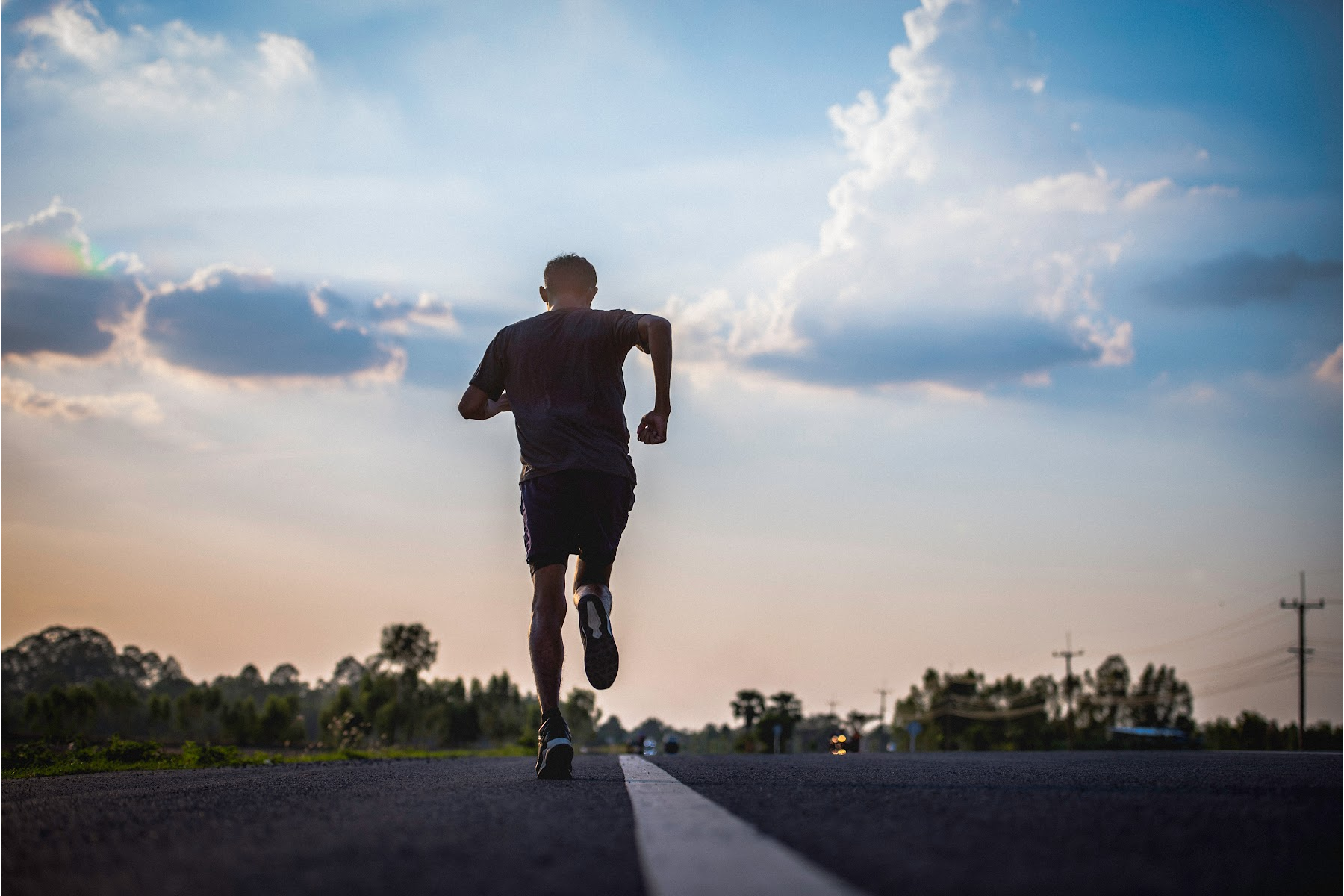
Who can Benefit from Running Backwards?
Everyone can benefit from running backwards, especially if combined with regular forward running. However, there are some people that may benefit more from this practice, as explained below.
Athletes
Backwards running is greatly beneficial for athletes, specifically for those who perform sports like football, running, rugby, or any other sport where the athlete is required to run and/or promptly change direction. It is also particularly useful for those playing sports that require powerful legs, like sprinters.
People Recovering from Injuries
If you suffer from a knee or leg injury, you may benefit from retro running as it has less impact on the joints and actually helps improve knee strength. Running backwards is also useful for those who suffer a groin injury thanks to its lower strain on the hips.
Older People
Older people tend to suffer from sarcopenia, which is the loss and atrophy of muscle mass. Sarcopenia is strictly linked to increased injury incidence as a lower amount of muscle also leads to a decline in balance and ultimately results in falls and injuries.
This can be performed outdoors or in controlled settings, such as a gym or a sports club, under the supervision of a fitness trainer. In this case, however, it may be best to perform a slower movement, such as retro walking, depending on the fitness level of the person.
Wrapping Up
Backwards running is a fantastic way to increase leg strength and cardiovascular performance, protect the knees from injuries and improve muscular imbalances, so it would benefit anyone who decides to implement it in their training routine. Particularly, retro running would benefit athletes, people who are recovering from a knee/leg injury, and older people who are at greater risk of falls.
If you’re interested in learning how to run backwards and feel like it would be a beneficial addition to your running routine, we encourage you to dig a bit deeper into what other athletes and runners have to say about it.
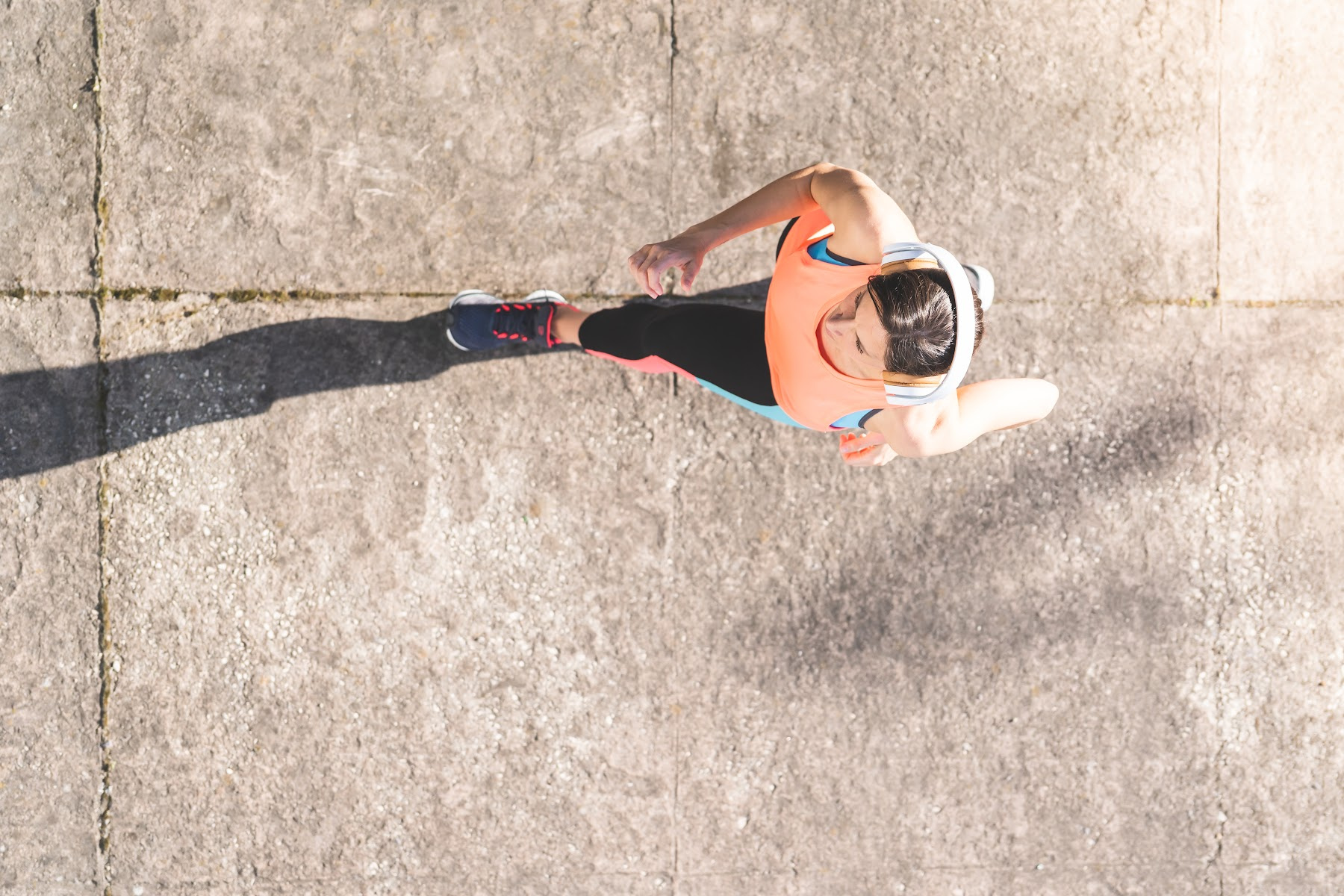
References
Uthoff, A., Oliver, J., Cronin, J., Harrison, C. and Winwood, P., 2018. A new direction to athletic performance: Understanding the acute and longitudinal responses to backward running. Sports Medicine, 48(5), pp.1083-1096. (https://link.springer.com/article/10.1007/s40279-018-0877-5 )
Flynn, T.W. and Soutas-Little, R.W., 1993. Mechanical power and muscle action during forward and backward running. Journal of Orthopaedic & Sports Physical Therapy, 17(2), pp.108-112. (https://www.jospt.org/doi/abs/10.2519/jospt.1993.17.2.108 )
Uthoff, A., Oliver, J., Cronin, J., Harrison, C. and Winwood, P., 2020. Sprint-specific training in youth: Backward running vs. forward running training on speed and power measures in adolescent male athletes. The Journal of Strength & Conditioning Research, 34(4), pp.1113-1122. ( https://journals.lww.com/nsca-jscr/Abstract/2020/04000/Sprint_Specific_Training_in_Youth__Backward.30.aspx )
Shahverdi, M., Alizadeh, M.H. and Seidi, F., 2019. Comparison of Immediate and Long-Term Effect of Forward and Backward Running Trainings on Knee joint Position Sense. Journal for Research in Sport Rehabilitation, 7(13), pp.19-29. ( https://rsr.basu.ac.ir/article_3078.html?lang=en )
Abdelraouf, O.R., Abdel-Aziem, A.A., Ahmed, A.A., Nassif, N.S. and Matar, A.G., 2019. Backward walking effects on activation pattern of leg muscles in young females with patellofemoral pain syndrome. International Journal of Therapy And Rehabilitation, 26(1), pp.1-9. ( https://www.magonlinelibrary.com/doi/abs/10.12968/ijtr.2017.0160 )
Rasica, L., Porcelli, S., Minetti, A.E. and Pavei, G., 2020. Biomechanical and metabolic aspects of backward (and forward) running on uphill gradients: another clue towards an almost inelastic rebound. European Journal of Applied Physiology, 120(11), pp.2507-2515. ( https://link.springer.com/article/10.1007/s00421-020-04474-7 )




